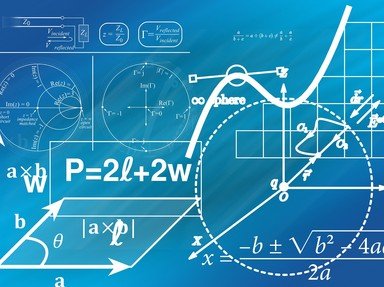Quiz Answer Key and Fun Facts
1. It is well known that there are infinitely many primes. Since 2 is the only even prime, there are infinitely many primes among the positive odd integers. Which of the following arithmetic progressions of odd integers contains infinitely many primes, in addition to composite numbers?
2. How many odd integers are greater than 207 and less than 2007?
3. How many positive odd integers less than or equal to 2007 are not divisible by 3?
4. Let's take the list of the first 2007 positive odd integers and concatenate them to form one very large number: 135791113151719... . How many digits does this number have?
5. Let S be the set containing the first eight positive integers. How many subsets of S contain only odd integers?
6. Let f(x) = sin(x). Let N be a positive odd integer. What is the value of the Nth derivative of f evaluated at 0?
7. Let f(x) = cos(x). Let N be a positive odd integer. What is the value of the Nth derivative of f evaluated at 0?
8. Consider the following series- The alternating sum of the reciprocals of all positive odd integers: 1 - 1/3 + 1/5 - 1/7 + ... . Which of the following is the sum of this series?
9. Which of the following is true about the sum of the reciprocals of all positive odd integers?
10. It can be shown that the sum of the reciprocals of the squares of all positive integers is pi^2/6. What is the sum of the reciprocals of the squares of all positive odd integers?
Source: Author
rodney_indy
This quiz was reviewed by FunTrivia editor
crisw before going online.
Any errors found in FunTrivia content are routinely corrected through our feedback system.
